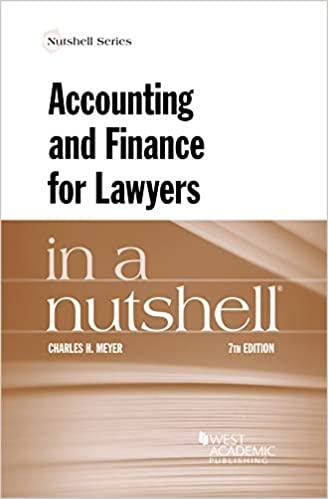Submit an Excel file with separate spreadsheet tabs for each of the four questions.

Luke Corporation produces a variety of products, each within their own division. Last year, the managers at Luke developed and began marketing a new chewing gum, Bubbs, to sell in vending machines. The product, which sells for $5.50 per case, has not had the market success that managers expected, and the company is considering dropping Bubbs. The product-line income statement for the last month follows: Roy O. Andre, the product manager for Bubbs, is concerned about whether the product will be dropped by the company and has employed you as a financial consultant to help with some analysis. In addition to the information given, Mr. Andre provides you with the following data on production costs for Bubbs for the past 12 months: Assume that the relevant range of production is between 150,000 and 275,000 cases. Required: Respond to the following questions. 1. How many cases of Bubbs does Luke have to sell in a single month in order to break even on the product? - Use Regression in Excel to find the fixed and variable portions of the production costs. - Cases will be the X variable and Production Costs will be the Y variable. - Produce a line-fit plot with the regression output and with axes correctly labeled. - Submit your regression output in an Excel file as part of the assignment. - Round the variable cost per unit and total fixed cost you find in the regression to two decimal places to answer questions 1,3 , and 4. - Round your answer (breakeven number of cases) up to the next nearest whole number. Use this rounded breakeven cases for question 2 . 2. Based on the product line income statement for the most recent month: - What is the margin of safety in terms of sales dollars? - What is the margin of safety in terms of cases? 3. What is the maximum after-tax profit that Luke could be expected to earn without having to increase fixed costs (i.e., without going beyond the relevant range)? 4. Suppose Luke is considering a new requirement that all products have to earn an after-tax profit equal to 6 percent of total sales per month or they will be dropped. - How many cases of Bubbs does Mr. Andre need to sell in a month to avoid seeing Bubbs dropped? (round the number of cases to the nearest whole number). - What is the expected after-tax profit associated with this level of production? - Use Solver in Excel to answer this problem Luke Corporation produces a variety of products, each within their own division. Last year, the managers at Luke developed and began marketing a new chewing gum, Bubbs, to sell in vending machines. The product, which sells for $5.50 per case, has not had the market success that managers expected, and the company is considering dropping Bubbs. The product-line income statement for the last month follows: Roy O. Andre, the product manager for Bubbs, is concerned about whether the product will be dropped by the company and has employed you as a financial consultant to help with some analysis. In addition to the information given, Mr. Andre provides you with the following data on production costs for Bubbs for the past 12 months: Assume that the relevant range of production is between 150,000 and 275,000 cases. Required: Respond to the following questions. 1. How many cases of Bubbs does Luke have to sell in a single month in order to break even on the product? - Use Regression in Excel to find the fixed and variable portions of the production costs. - Cases will be the X variable and Production Costs will be the Y variable. - Produce a line-fit plot with the regression output and with axes correctly labeled. - Submit your regression output in an Excel file as part of the assignment. - Round the variable cost per unit and total fixed cost you find in the regression to two decimal places to answer questions 1,3 , and 4. - Round your answer (breakeven number of cases) up to the next nearest whole number. Use this rounded breakeven cases for question 2 . 2. Based on the product line income statement for the most recent month: - What is the margin of safety in terms of sales dollars? - What is the margin of safety in terms of cases? 3. What is the maximum after-tax profit that Luke could be expected to earn without having to increase fixed costs (i.e., without going beyond the relevant range)? 4. Suppose Luke is considering a new requirement that all products have to earn an after-tax profit equal to 6 percent of total sales per month or they will be dropped. - How many cases of Bubbs does Mr. Andre need to sell in a month to avoid seeing Bubbs dropped? (round the number of cases to the nearest whole number). - What is the expected after-tax profit associated with this level of production? - Use Solver in Excel to answer this









